neil31uk
Shiny_Rock
- Joined
- Nov 30, 2009
- Messages
- 210
It's all very confusing with the titles, as there seems to be no consistency in the application -e'g Princess Alice being allowed to be called that, and Edward being made an Earl when he could have been a Marquis and still been below a Duke so he could inherit his father's title. I have to remind myself that he is still a prince as well as an earl!
Just for clarification, the five levels of peerage int he UK are:
Duke
Marquis
Earl
Viscount
Baron
After Baron there is a Baronet, think of it as a hereditary knighthood as the recipients are called "Sir X". However, Baronets are NOT peers, they do not have a seat in the House of Lords.
Life peers are all Barons/Baroness' and have a seat in the House of Lords.
A Royal Duke is merely a Duke whom is also HRH (or HH in the days of Queen Victoria, eg HH the Duke of Cambridge, an ancestor or Queen Mary), often these are princes in to begin with, but the DoE was HRH the Duke of Edinburgh for 10 years before he was made a Prince of the UK.
There is a common misconception (I know no one on here has it) in the general population that a woman that marries a prince is a princess with her own name, but as discussed here, that is not the case normally. Apart from Princess Anne, the last women to be made Princesses in their own right were the two granddaughters of Edward VII by his daughter the Princess Royal. He made them Princesses of Great Britain and Ireland with the style of HH. Their father was an Earl that Queen Victoria made a Duke. They had no brothers and the Queen allowed the title to be passed on to the daughters whom were both Duchess at some point in their lives. Even though one was HH Princess X, Duchess of Fife in her own right, when she married her cousin HRH Prince Arthur of Connaught, she took his title as HRH Princess X of Connaught - such were the times!
Just for clarification, the five levels of peerage int he UK are:
Duke
Marquis
Earl
Viscount
Baron
After Baron there is a Baronet, think of it as a hereditary knighthood as the recipients are called "Sir X". However, Baronets are NOT peers, they do not have a seat in the House of Lords.
Life peers are all Barons/Baroness' and have a seat in the House of Lords.
A Royal Duke is merely a Duke whom is also HRH (or HH in the days of Queen Victoria, eg HH the Duke of Cambridge, an ancestor or Queen Mary), often these are princes in to begin with, but the DoE was HRH the Duke of Edinburgh for 10 years before he was made a Prince of the UK.
There is a common misconception (I know no one on here has it) in the general population that a woman that marries a prince is a princess with her own name, but as discussed here, that is not the case normally. Apart from Princess Anne, the last women to be made Princesses in their own right were the two granddaughters of Edward VII by his daughter the Princess Royal. He made them Princesses of Great Britain and Ireland with the style of HH. Their father was an Earl that Queen Victoria made a Duke. They had no brothers and the Queen allowed the title to be passed on to the daughters whom were both Duchess at some point in their lives. Even though one was HH Princess X, Duchess of Fife in her own right, when she married her cousin HRH Prince Arthur of Connaught, she took his title as HRH Princess X of Connaught - such were the times!



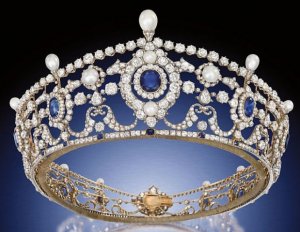
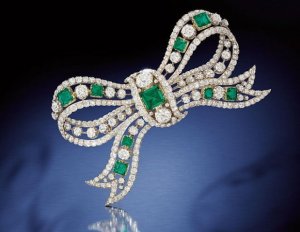
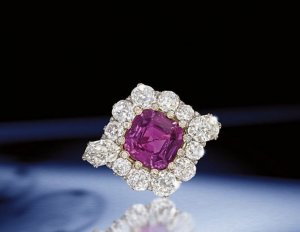
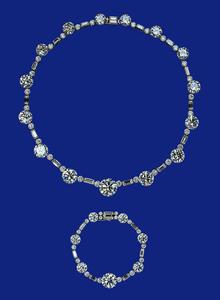
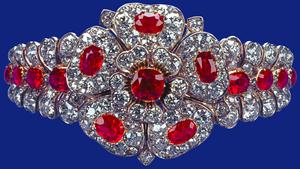
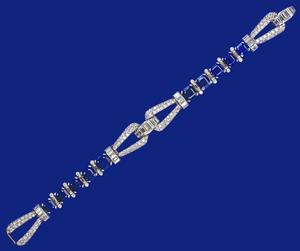
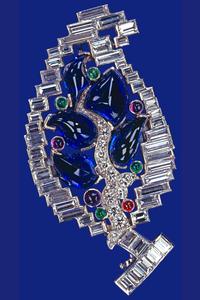
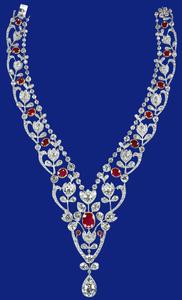
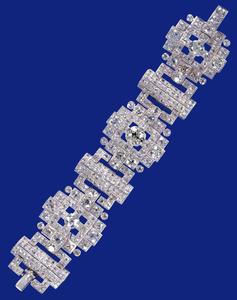
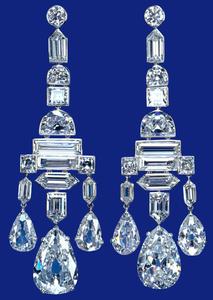


300x240.png)